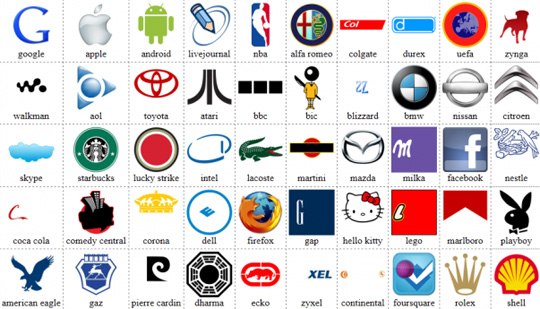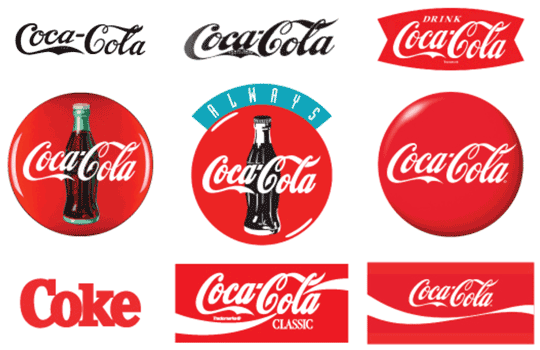Branding is a soul of your business. It lies at the core of how you treat your customers, what message you communicate, and, eventually, how effectively you sell. As research shows, people who feel strongly committed to a brand usually have a negative attitude to logo changes. This trend clearly indicates that we get attached to how our favorite brands are represented. So you’ll want to represent it in the most effective way.
Approaching rebranding, ensure you have a clear understanding of three things that shape your brand:
- Target audience. Knowing the person who will eventually buy from you is a must. Explore your buyers’ preferences to ensure they stay with your after the look of your brand changes, and determine the new audiences your new branding should attract.
- Message. The core reason why you want to change branding is you want to say something you haven’t said before. Crafting a message should be the initial stage of rebranding. Once you have it, it’s super easy to translate ideas into design.
- Medium. To reach your target audience, you need to know it will resonate with the channels you use. If you have a significant presence on Facebook, think about how the new logo will look on Facebook. Or maybe you use the logo for offline advertising like banners or branded T-shirts, so it has to fit in. All these small details can make a huge difference in a long-term perspective.
The question is how do you know it’s time to change all the things mentioned above? There are a few key indicators, one of which might be your case:
- Company changes. If you merge or acquire another company, your brand is likely to modify. Rebranding, and logo change in particular, can be a good way to throw some light on the new identity of your business.
- Old-school design. Trends change all the time, so it’s vital to keep pace. So even if you don’t plan on any major rebranding updates, you can still get rid of old-school fonts and change colors.
- Negative associations. Sometimes it’s easier to change your identity than to rebuild a bad reputation. If for some reason there are negative associations related to your brand, an effective rebranding strategy can help you change the attitude of clients.
It’s not imperative to change your logo to stay abreast of trends, though. There are numerous brands with a timeless identity that stay consistent with their message and logo through years.
Take Coca-Cola for instance. While the company sets a pretty high bar with creative ads and holiday campaigns, it hasn’t changed its look much since 1880s. So if your message remains consistent with how your brand looks, refresh the logo to stay abreast of new design developments, but don’t change it altogether.
Coca-Cola is still more of an exception than a rule. Their initial idea of a “happy drink” worked for people they were selling to, worldwide. For many other companies, transformation is inevitable. If you come up with at least five favorite brands, there will be at least one that has changed its branding radically over the time of its existence.
Actually, you can test it right now by looking into the logo evolution of some of the famous brands in the following Infographic produced by those awesome guys at Setapp.
Logo Evolution Of Famous Brands Infographic
[Images – Main Image by Peter H from Pixabay; Infographic: Setapp]
James Dorian is a technical copywriter. He is a tech geek who knows a lot about modern apps that will make your work more productive. James reads tons of online blogs on technology, business, and ways to become a real pro in our modern world of innovations.



